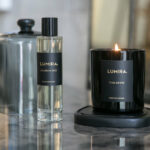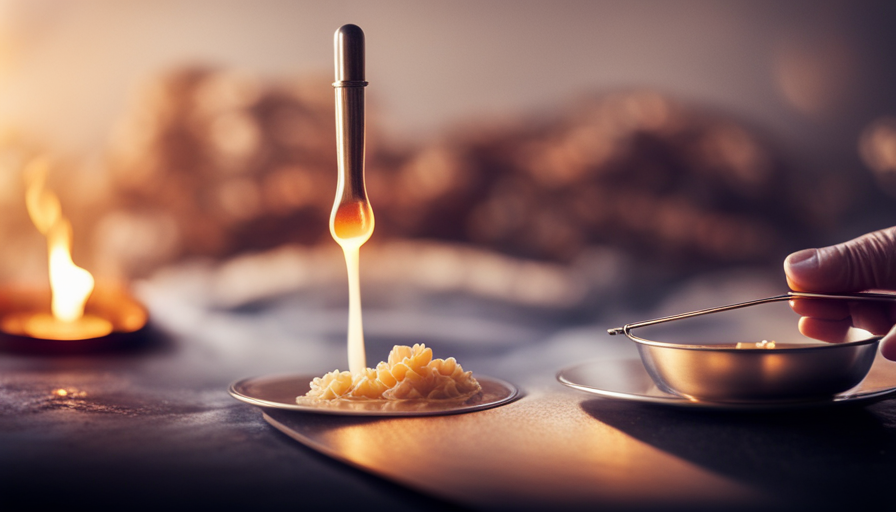How much candle wax can be safely consumed? 
Candles are made with paraffin wax and contain other substances that can be harmful for your health. Some of these substances are toxic and should be avoided. To keep your body healthy, try to have a healthy diet. Also, avoid large amounts of wax or scented candles. In addition, avoid candles that smell good, such as birthday cakes.
Avoiding large quantities of wax
If you’re concerned about your health, you should avoid burning a large amount of candle wax. Paraffin is a petroleum-based wax that emits the same harmful chemicals as diesel exhaust. It also creates a large amount of soot, which is highly irritating to the eyes and can cause allergic reactions. Additionally, paraffin candles tend to contain synthetic fragrances and phthalates, which are known hormone disruptors.
To avoid this problem, you should keep your candle wax in a room with a low humidity level. If you live in a very humid climate, you should store the wax in a room with a dehumidifier. If you are making candles in an area that is too cold or hot, you should also avoid placing the wax in drafty areas.
Another option is to measure the wax. You can measure the amount of wax using a digital kitchen scale and some basic math. Certain containers, like candle molds, have a fill line that you can measure from. Using this fill line as your guide will give you an accurate measurement. This method works for all types and sizes of containers.
Keeping away from drafts
When using a candle, it is essential to keep it away from drafts and extreme temperature swings. Candles that are stored in draft-free rooms will burn more evenly. If possible, place the wax in a room with a dehumidifier. Otherwise, candles can suffer from wet spots.
Candle smoke is bad for our health, and inhaling it is not recommended. However, burning candles in a room with a good ventilation system will reduce the amount of smoke you breathe in. You should also keep candle wax away from drafts. In addition, wicks should be trimmed when they reach an excessive length.
It is also advisable to burn candles in an area with moderate temperatures. Make sure to store the candles away from drafts and direct sunlight, since the wax can sweat in high ambient temperatures.
Keeping candles away from birthday cakes
In order to keep bacteria levels at a minimum, keeping candles away from birthday cakes is a good idea. The reason for this is that the breath of someone blowing out a candle can carry a disease. This airborne infection may spread through the icing of the cake, and could affect other people. Bacteria can cause serious illnesses, but the human immune system can fight them off.
In order to prevent the cake from being soaked in wax, you should use extra tall candles. These candles are long enough to burn evenly, and will allow your child to blow out the candle without dripping wax onto the cake. Some candles even come with catchers that catch the wax before it drips. Also, make sure to buy biodegradable or nontoxic candles.
Another way to prevent the flammable cake from getting burned is to use a flashlight. These devices are cheap and very effective. They can also be used to light the way in a dark room. These lights can be bought in different shapes and can be tied with ribbons. You can also use these to cue people to clap when a song is over or watch the candles being blown out. You can even set up a light switch in the room so that the birthday person can blow hard enough to turn on the lights.
Keeping away from scented candles
If you’re using scented candles, you need to be extra careful when lighting them. Fire is an element that thrives on oxygen, and an added source of oxygen can increase the rate of combustion and turn a small spark into a wildfire. So, it’s important to keep scented candles away from flammable materials like nightlights and electronics. A good rule of thumb is to keep scented candles at least 10cm apart from each other. This space will help prevent the candles from melting one another and from creating drafts, which may lead to uneven burning.
Scented candles contain a large variety of chemicals, some of which are known carcinogens. However, even at lower concentrations, the carcinogenic effects of burning scented candles are minimal. Therefore, you should keep them away from windows and open doors, and from air conditioners and vents. Doing so will ensure a clean burn, as well as reduce smoke.
















